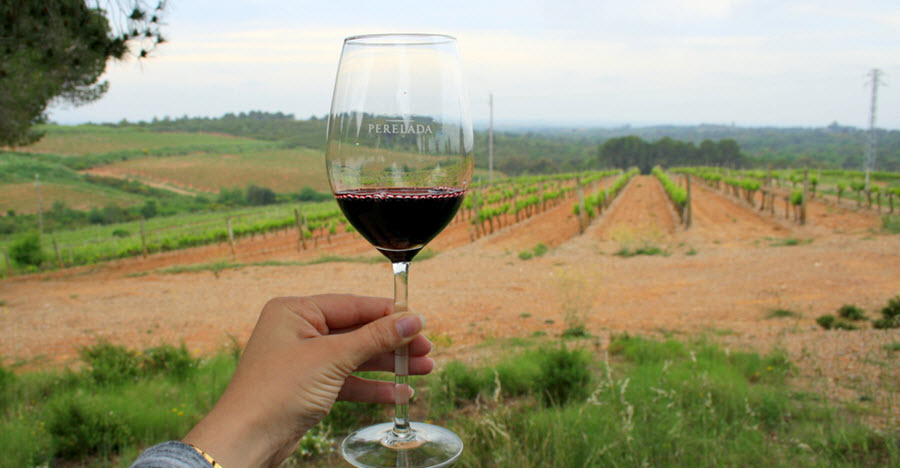
If you are interested in buying Spanish wines, the Spanish classification system can be very helpful and aid you in your search. The Spanish Denominación de Origen (DO) system for wine was created back in 1932 and revised in 1970. When Spain joined the European Union, the Spanish wine laws were adjusted to be more consistent with other systems within the union, and a multi-tier classification system for wine was created, administered by each autonomous region. The classification for non-autonomous areas, and for wine regions whose boundaries overlap with other autonomous communities (e.g. Jumilla, Rioja and Cava), is administered directly by Instituto Nacional de Denominaciones de Origen (INDO) in Madrid.
This is what the classification system looks like today:
| Classification | Info |
| Denominación de Pago
(Vino de Pago) |
Denominación de Pago (DO de Pago) is a designation for individual single-estates in Spain with an international reputation for high quality wine.
The requirements for being accepted are very stringent, and at the time of writing, the list of Spanish estates that produce wines that are allowed to be marketed as DO de Pago wines is short. |
| Denominación de Origen Calificada (DOCa) | This designation is for regions with a well-established track record of consistent quality. It is one step above the general Denominación de Origin level, which means that the wine must adhere to all the rules for general DO classification + the specific rules for DOCa classification.
The first region to achieve this classification was the famous Rioja, an event which took place in 1991. Priorat was afforded the designation in 2003. In 2008, Ribera del Duero was approved to receive DOCa, but the region never pursued the status, and at the time of writing, Ribera del Duero sell DO-labeled wines instead. In Catalan, the name for this classification is Denominació d’Origen Qualificada in Catalan (DOQ). |
| Denominación de Origen (DO) | This is a designation for mainstream quality-wine regions regulated by Consejo Regulador. Wines that have been granted DO status will display the regional stamp of the Consejo Regulador on the label.
A significant percentage of all the vineyard area in Spain falls within the boundaries of a DO region. The DO regulations for the various geographical areas are very strict and detailed, and governs everything from permitted grapes and maximum harvest yields to ageing periods and what the label should look like and inform the buyer about. Wineries that wish to sell their wine as DO wine must submit their wine to the Consejo Regulador, where it is tested in a laboratory and tasted by a panel of experts. In Catalan, the name for this classification is Denominació d’Origen (DO). |
| Vinos de Calidad con Indicación Geográfica (VCIG) | This classification was introduced in 2003 and is considered a stepping stone towards DO status. A wine region needs to hold VCIG status for at least five years before it can apply for DO status. |
| Vino de la Tierra (VdlT) | This classification normally corresponds to the larger comunidad autonóma geographical regions. Broad geographical designations such as Andalucia, Levante and Castilla La Mancha are VdIT. |
| Vino de Mesa (VdM) | Vino de Mesa means table wine, and this is the lowest tier in the system.
Wines classified as VdM come from unclassified vineyards and/or from grapes that have be de-classified through non-approved blending. The fact that a wine is classified as VdM doesn’t mean that it is of poor quality. There are some really nice and interesting wines to be found within this group, and one should also keep in mind that some skilled winemakers intentionally declassify their wines and market them as table wine since this gives them greater freedom when it comes to winemaking methods and blending. |